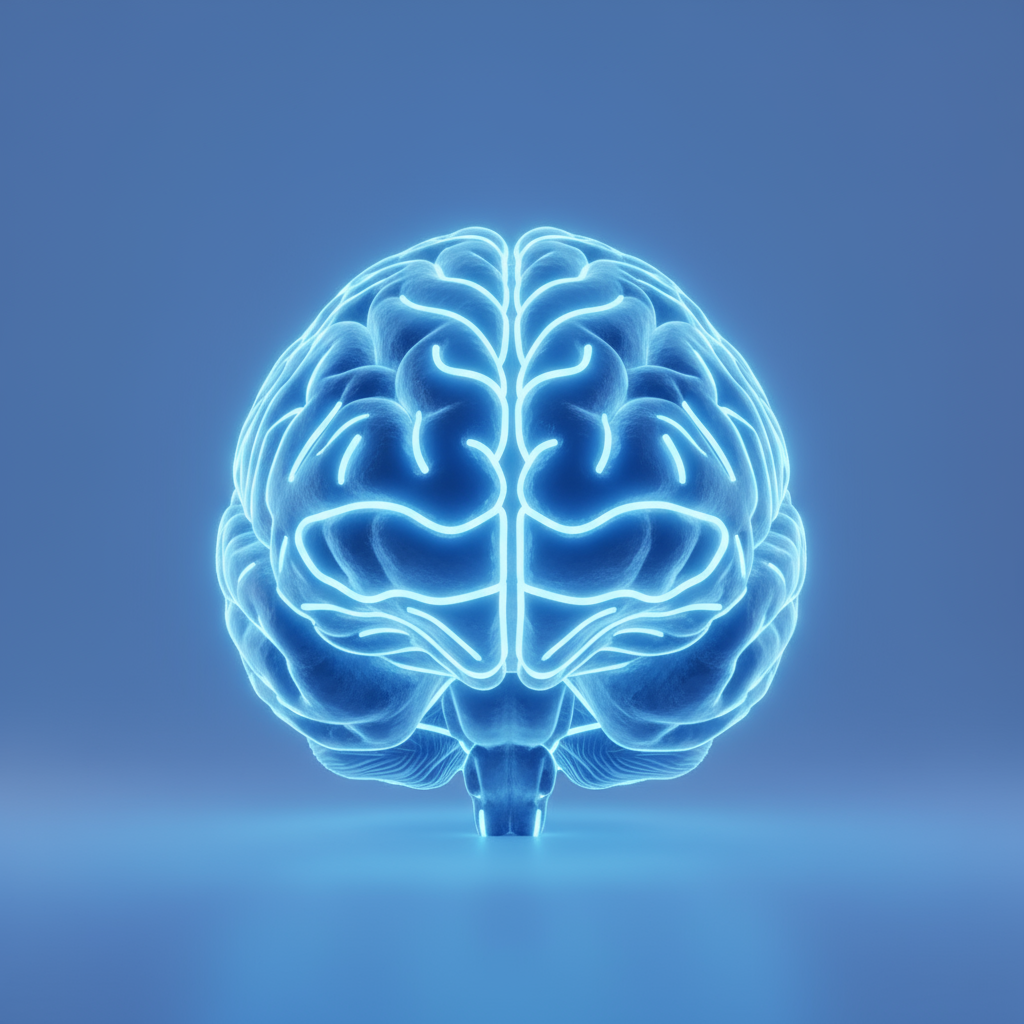
As the confetti settles from the New Year celebrations, the fervor of resolutions, especially those centered around health and fitness, begins to wane. It’s February, and the ambitious commitments that once felt so tangible may now seem elusive. If you find yourself glancing at the mirror, searching for the fruits of your labor, or questioning the sustainability of your new lifestyle, you’re not alone. This article will delve into the realistic timeline of physical transformation, where to spot the first signs of muscle growth, and the importance of balance in your commitment to health.
The journey to visible change is often a marathon, not a sprint. Research suggests that noticeable changes in muscle mass and fitness levels can start to become visible after about one month of consistent training. However, it generally takes about six months for significant muscle growth that others can see, and a year of consistent effort can lead to substantial improvements in bone health, mental health, and the formation of solid exercise habits.
The journey toward visible physical transformation through exercise is indeed more akin to a marathon than a sprint, with scientific research delineating a phased timeline for adaptations in muscle mass, fitness levels, bone health, and mental wellbeing.
Research underscores the importance of patience and persistence in the fitness journey, highlighting that significant transformations in body composition, health, and fitness are achievable with consistent, dedicated effort. Each phase of the timeline not only contributes to physical changes but also to psychological well-being, underscoring the multifaceted benefits of regular exercise.
Muscle growth, or hypertrophy, tends to show up first in areas where you’re working the most. For instance, if your workouts focus heavily on the legs and arms, you might notice initial muscle growth in your quadriceps, biceps, or chest muscles. This is because both slow and fast-twitch muscle fibers begin to grow in response to consistent training. Significant muscle visibility and increased endurance are usually noticeable around the six-month mark, emphasizing the importance of patience and persistence in your fitness journey.
The muscles you’re likely to see growth in first largely depend on your workout regimen and your body’s predisposition, but typically, the first signs of muscle growth can be observed in the muscles that are most frequently engaged in your workouts. Here’s a breakdown of common muscle groups where initial hypertrophy (muscle growth) might be noticeable:
It’s important to remember that muscle growth is a gradual process, and the visibility of muscle gains also depends on individual factors like genetics, body fat percentage, nutrition, and consistency of training. Patience and persistence are key, as significant changes might take several months to become evident. Celebrating these incremental changes can provide motivation and acknowledgment of your hard work and dedication to your fitness journey.
A common misconception is that a commitment to health means bidding adieu to indulgences and relaxation. However, wellness is about proportion and balance. Occasional indulgences or rest days are not only acceptable but necessary for a sustainable and enjoyable lifestyle. It’s about finding harmony between discipline and pleasure, ensuring that your diet can be both healthy and delicious, and that a cheeky pint over the weekend is not just allowed; it’s part of the joy of living (Carolyn Hansen Fitness). For insights on balancing workouts with indulgence, Carolyn Hansen Fitness provides perspectives on enjoying your fitness journey with balance.
As you journey beyond the initial zeal of New Year’s resolutions, remember that progress in health and fitness is not always linear. The key is consistency, patience, and understanding the balance that works for you. It’s not about perfection; it’s about making better choices more often than not. So, embrace the journey with self-compassion, and celebrate the small victories along the way.
Connect one-on-one to discuss your unique fitness needs and goals.
Connect one-on-one to discuss your unique fitness needs and goals.
€50 consultation charge.
24 hours cancellation notice required.
Book your consultation with our expert team, and we’ll design a results-focused training program tailored specifically to your goals.
Mon - Fri : 7:00am to 9.00pm
Sat : 9.00am to 1.00pm
Sun & Bank Holidays : Closed